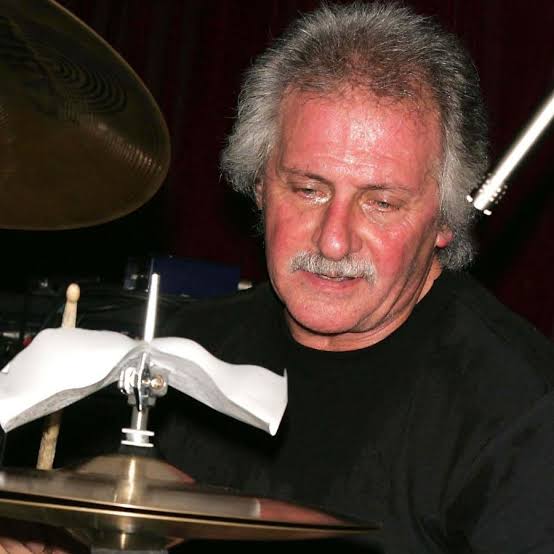Randolph Peter Best: The Forgotten Beatle Who Helped Shape a Legend…..
In the annals of rock and roll history, few names resonate as powerfully as that of the Beatles. Yet among the Fab Four, there exists a lesser-known figure whose influence during the band’s formative years remains a vital, if often overlooked, chapter in their story. Randolph Peter Best, commonly known as Pete Best, is the man who could have been a global icon — had fate taken a slightly different turn.
Born on November 24, 1941, in Madras, British India, Pete Best moved to Liverpool, England, with his mother Mona Best in the late 1940s. Mona, a vibrant figure in the local music scene, opened the Casbah Coffee Club in the cellar of their family home — a venue that would become instrumental in the rise of the Beatles. It was here, in 1959, that John Lennon, Paul McCartney, George Harrison, and their then-drummer formed early bonds with the Best family.
In August 1960, when the Beatles needed a drummer for their upcoming residency in Hamburg, Germany, Pete Best was invited to join the band. He quickly became a steady member of the group and performed with them through some of their most formative gigs, including the notorious and relentless club circuit in Hamburg’s red-light district. It was during this time that the Beatles began to hone their craft, performing for hours each night and developing the chemistry and charisma that would later mesmerize the world.
Best’s solid drumming, combined with his moody, James Dean-esque good looks, made him a fan favorite. However, despite his popularity and integral presence in the early Beatles’ lineup, Best’s time with the band came to an abrupt end in August 1962 — just before they were about to record their first single, “Love Me Do,” with EMI’s Parlophone label under the guidance of producer George Martin.
The reasons behind Best’s dismissal have remained a topic of debate and speculation for decades. Some accounts suggest that George Martin was unimpressed with Best’s drumming and wanted a more experienced studio drummer. Others claim that interpersonal tensions between Best and the other Beatles played a significant role. What is certain is that Ringo Starr was chosen to replace Best, a decision that coincided with the Beatles’ meteoric rise to global superstardom.
The aftermath of Best’s dismissal was not without personal turmoil. He endured years of depression and financial hardship, even attempting suicide in 1965. However, with time, he found peace outside the shadow of the Beatles. He eventually formed his own band, the Pete Best Band, and later became a civil servant — quietly rebuilding his life away from the limelight that could have been his.
In recent decades, Best has received renewed recognition and respect from fans and historians alike. He was featured in various Beatles anthologies and retrospectives, and in 1995, he even received a substantial financial settlement from the release of “Anthology 1,” which included tracks he played on. He now lives a quiet life in Liverpool and occasionally tours with his band.
Today, Pete Best stands not as a footnote, but as a foundational figure in the Beatles’ early history. His contributions, though often overshadowed by what followed, were crucial in shaping the band that would go on to change the world. While he may not have walked the same path to stardom as Lennon, McCartney, Harrison, and Starr, Randolph Peter Best’s place in rock history is assured — as the original drummer of the greatest band the world has ever known.
